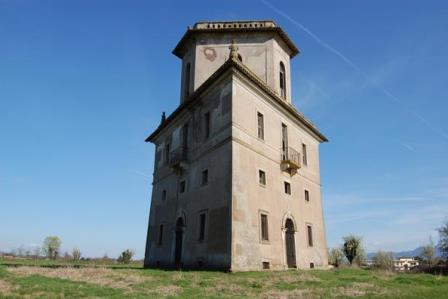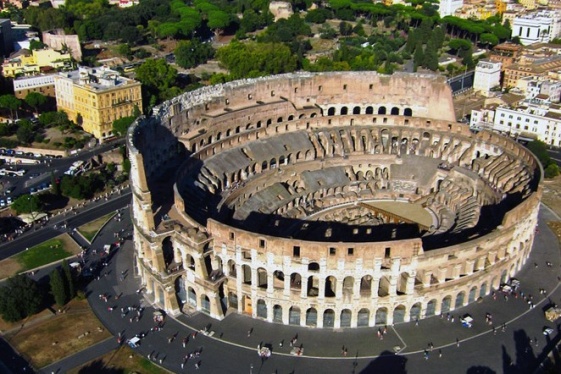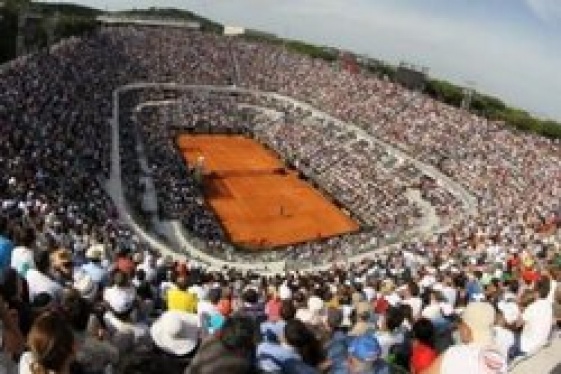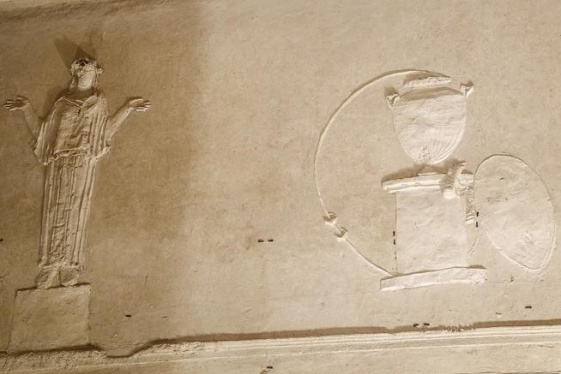

WTI Magazine #54 2015 February, 20
Author : Enrico De Iulis Translation by: John Cabot University
One of the beautiful characteristics of Italy is its high concentration of art. Anywhere you find yourself in Italy, interesting historical and artistic sites are close at hand. What is extraordinary about this feature is that many times, above all in central and southern Italy, these places are left completely unattended, hidden in the urban landscape of a city or scattered in the countryside without any road signs to help get you there.
This creates, for those who are interested in discovering small, little-known gems, the possibility to uncover and explore these evocative places, often in complete privacy. Near Rome, in the hinterlands heading towards the Appennines of Abruzzo, the terrain rises in elevation slowly transforming into significant peaks known as the Simbruini Mountains.
The area has been populated since the age of the Roman Republic. In fact, the cities of Collazia, Tibur, Praeneste and Gabi were important trading centers with Rome. Near Tivoli (Tibur in Latin), there is a secluded valley where the Anio Vetus and Marcio Aqueducts intersect and descend quickly towards Rome. Since they were walkable, they helped travelers cross the valley and watch the river that flowed through it.
After passing two sections of the aqueducts, you encounter Ponte Lupo, a gigantic 2000-year-old viaduct that contained thousands of cubic meters of water, supported by two orders of arches and cylindrical buttresses. Ponte Lupo is a colossal structure that recalls Tolkien's description of the Dwarven Cities.
At least twenty minutes from there on the way to Palestrina (Praeneste), you can find Triangolo Barberini, a perfectly triangular hunting lodge. The date of its construction is somewhere between 1642 and 1653, and it is believed to have been commissioned as a wedding gift for Maffeo Barberini and Olimpia Giustiniani. Their family crests are still visible at the entrance of the building. Francesco Contini constructed an unrivaled gem of form and invention, whose uniqueness undoubtedly competes with the greatest Baroque works of the Barberini family, even those commissioned in Rome.
Continuing south towards Genazzano, you can visit the Ninfeo Bramantesco, a peculiar and little-studied treasure of the Renaissance. It was constructed in the first few decades of the sixteenth century, probably by Donato Bramante's Lombard workers evoking his distinctive Renaissance style. The Colonna family commissioned the work with the intention of creating a "locus amenus," a lodge with a garden and fountains inspired by a very famous book of the era: Hypnerotomachia Poliphili. This type of design was very fashionable and sought-after at the time.
These are just small examples of the unlimited possibilities of study, beauty, undiscovered curiosities and unique sites that Italy has to offer.
You may be interested
-
Exciting Palatine. Interview with Clementina...
You can tell she fills with excitement when she has the chance to show an important archae...
-
Italian Open's History and Records: A tale o...
For Italians, and Romans in particular, the Open is not just a tennis tournament where cha...
-
'Basilica of Mysteries' reborn in Rome
The so-called 'Basilica of the Mysteries' has been reborn in Rome. The basilica, one of th...
-
'Carbonara Day' celebrates famous pasta dish
On Friday, April 6, the world will celebrate "Carbonara Day", an occasion launched by the...
-
'Gladiators' bring Roman flavor to R.I. polo
As thousands of sharply dressed spectators converged on the turf of Newport International...
-
'Hot priests' grace Rome's calendar
It is officially called the Calendario Romano, or Roman Calendar. But on the streets of Ro...
-
'No one should be left behind': Italian teen...
A 15-year-old boy, known as Simone, has become an overnight internet sensation after stand...









